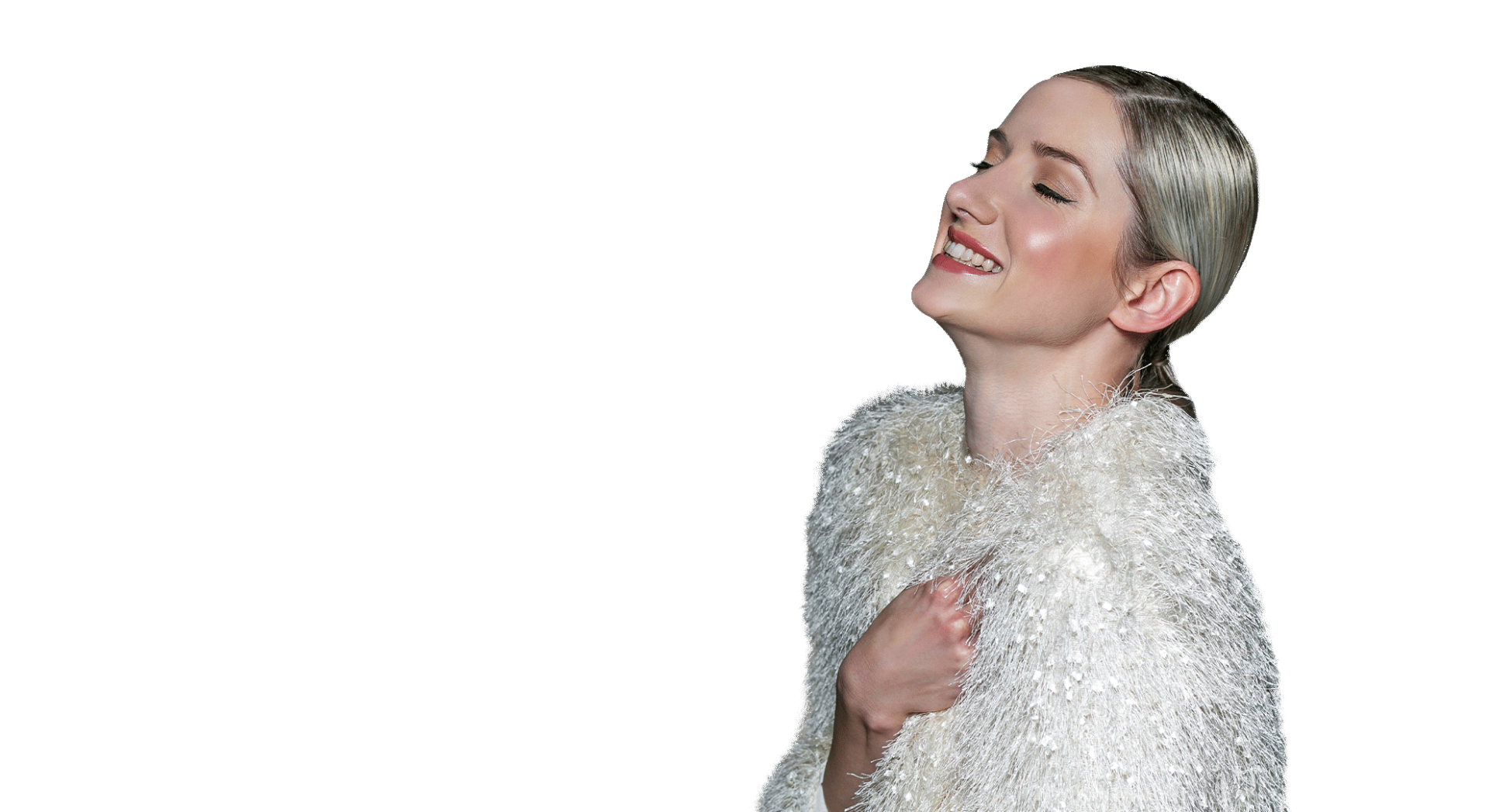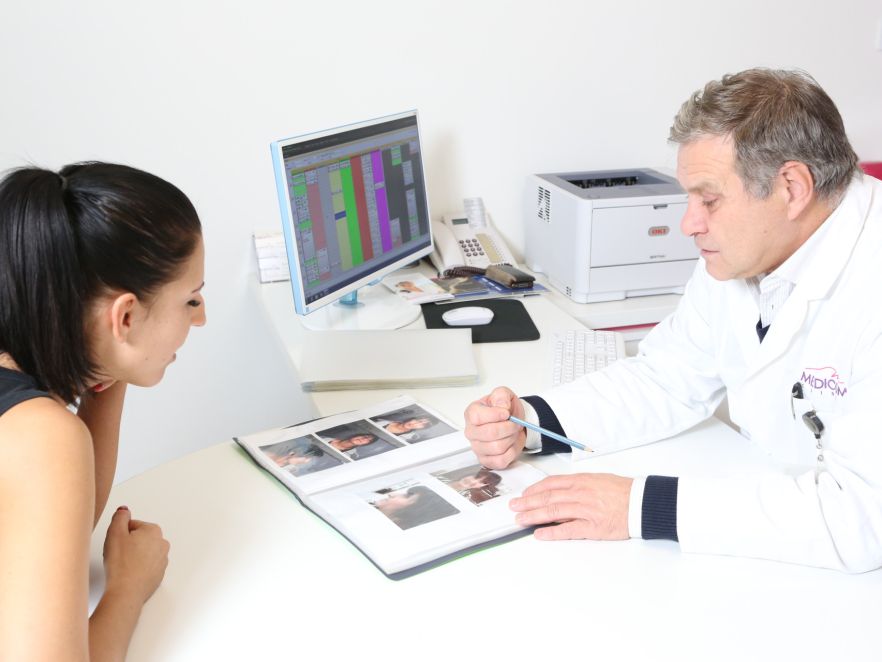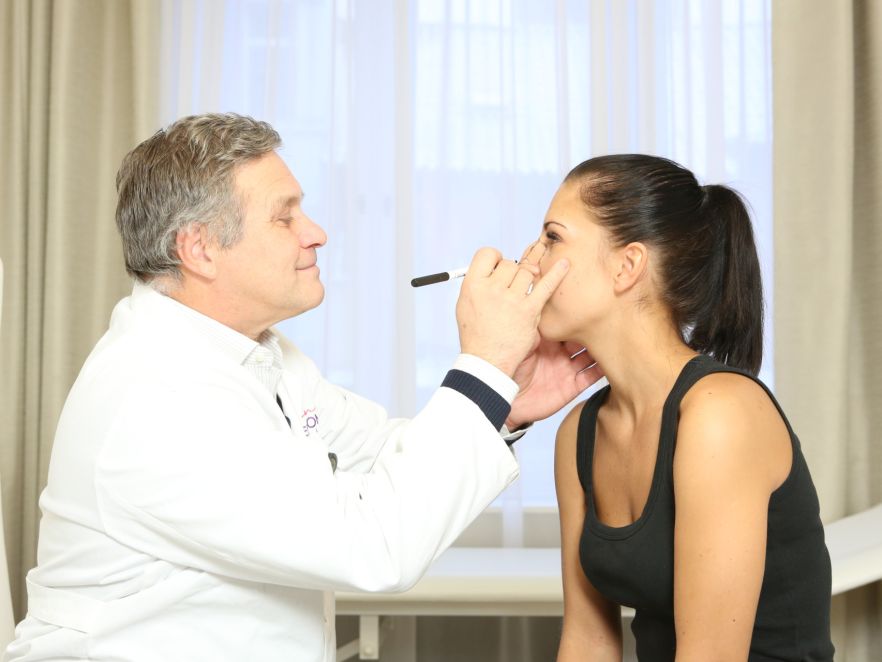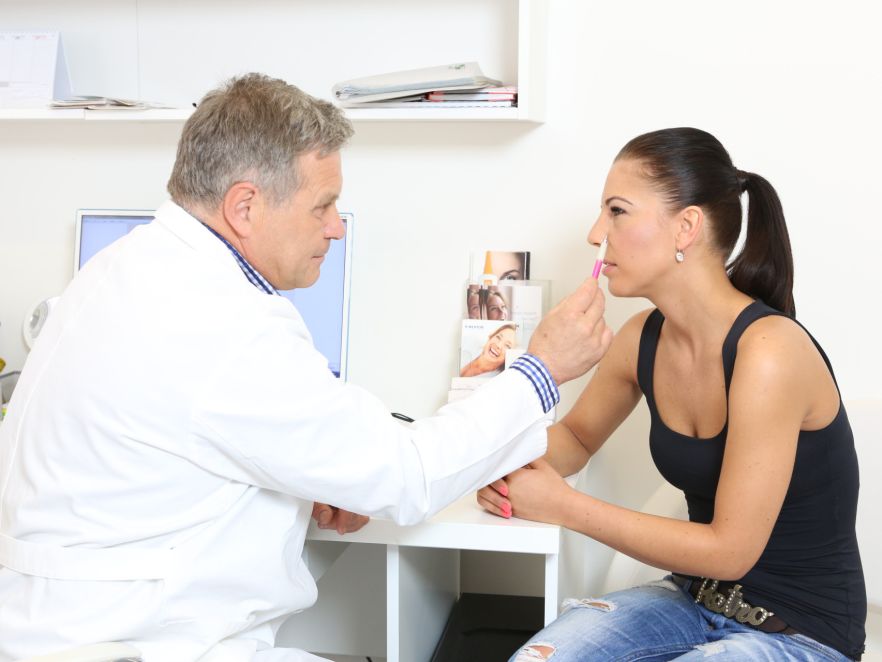Rhinoplasty
For a harmonious facial appearance


For a harmonious facial appearance
Any change in the shape of our nose is a noticeable change in our expression. At your initial consultation, your plastic surgeon will not only evaluate the condition of your nose, but together you will discuss all of your questions and concerns about the surgery. The result of the consultation must be a consensus between both the plastic surgeon and the client. It is good to keep in mind that every cosmetic-aesthetic surgery brings another original in its own way. Therefore, the final result of the procedure can only be determined approximately.


Cosmetic modifications refer to the outer part of the nose - for example, reducing the bump, modifying the profile, narrowing or reducing the tip of the nose. Functional ones refer to improving the functionality of the nose. For example, opening the nasal passages for better breathing (usually performed by ENT specialists). Rhinoplasty is one of the most challenging aesthetic surgeries and requires not only technical mastery of the surgery itself, but also great experience and judgment on the part of the surgeon. The latter takes into account not only the aesthetic but also the functional significance of the correction.
The surgery is performed under either general or local anaesthesia through a nostril approach. During the operation, the soft parts of the nose, cartilage and nasal bones are released and modified. Then it is a complete rhinoplasty. If the soft tissues are corrected, then it is referred to as a soft nose rhinoplasty. The operation takes approximately 45 to 90 minutes. It ends with fixation of the nose with a plaster splint and tamponade of the nostrils. After the procedure it is necessary to breathe through the mouth.


The postoperative pain is actually very mild and can be easily overcome with commonly available analgesics. Ice packs are applied to the site immediately after surgery. The swab is removed 1-2 days after the procedure. From then on, you can breathe freely through your nose. It is not recommended to sniff for the first 10 days after removal of the tamponade. Clean your nose several times a day with damp cotton buds. Swelling and hematomas occur in the case of bone and septal surgery, especially around the root of the nose and eyes.
After 5 to 7 days, you come in for a check of the position of the cast. You will wear the cast for approximately 7-10 days. It depends on the type of surgery. The skin of the nose and the sensitive skin of the face then need a few more days to recover. An absorbable material is used for suturing, which will release on its own within 2 weeks of surgery.

Make an appointment for a no-obligation consultation with an experienced doctor.